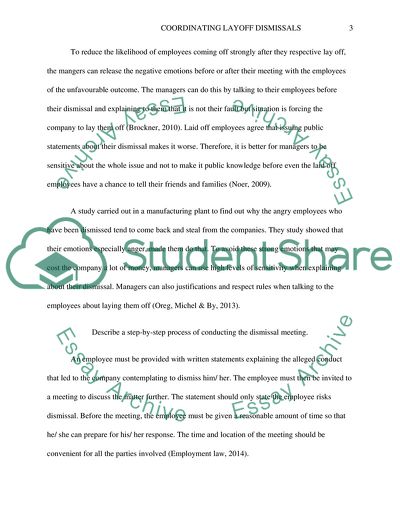Cite this document
(Coordinating layoff dismissals Assignment Example | Topics and Well Written Essays - 1750 words, n.d.)
Coordinating layoff dismissals Assignment Example | Topics and Well Written Essays - 1750 words. https://studentshare.org/human-resources/1835657-coordinating-layoff-dismissals
Coordinating layoff dismissals Assignment Example | Topics and Well Written Essays - 1750 words. https://studentshare.org/human-resources/1835657-coordinating-layoff-dismissals
(Coordinating Layoff Dismissals Assignment Example | Topics and Well Written Essays - 1750 Words)
Coordinating Layoff Dismissals Assignment Example | Topics and Well Written Essays - 1750 Words. https://studentshare.org/human-resources/1835657-coordinating-layoff-dismissals.
Coordinating Layoff Dismissals Assignment Example | Topics and Well Written Essays - 1750 Words. https://studentshare.org/human-resources/1835657-coordinating-layoff-dismissals.
“Coordinating Layoff Dismissals Assignment Example | Topics and Well Written Essays - 1750 Words”. https://studentshare.org/human-resources/1835657-coordinating-layoff-dismissals.


